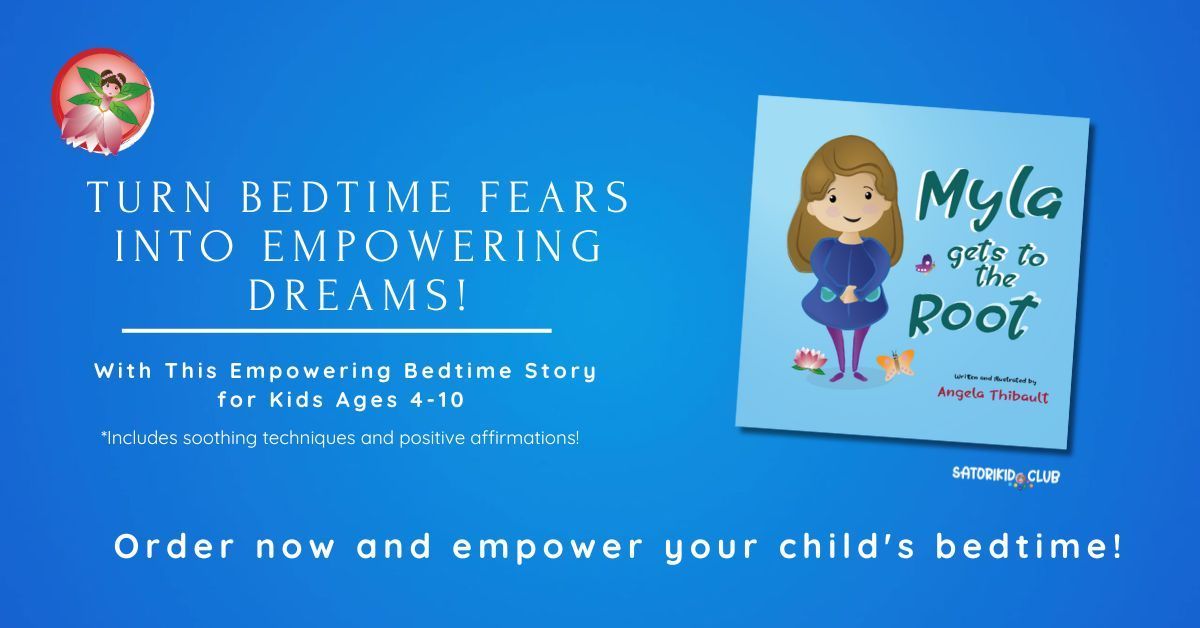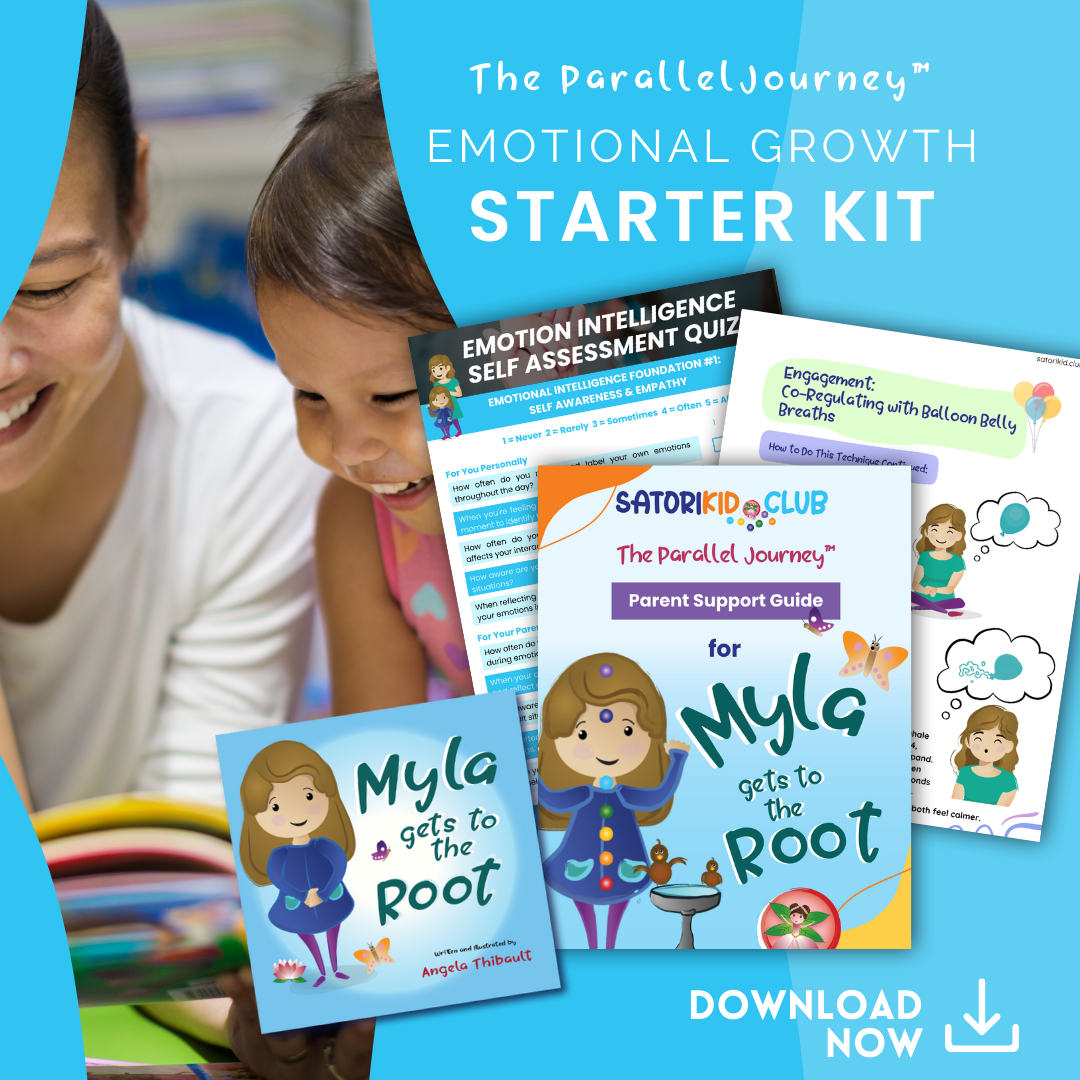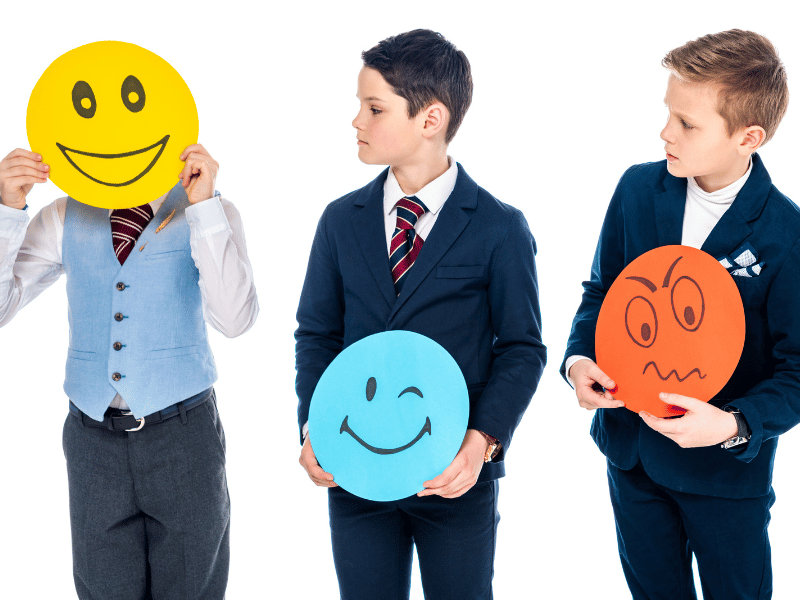Start your journey here
How to Deal with a Child That Cries Over Everything
All activities should be supervised by an adult.
Share

How to Deal with a Child That Cries Over Everything
Have you ever felt like no matter what you do, your child just seems to cry over everything? I’ve been there. When my son was small, it felt like the tears never stopped. Whether it was the wrong cup, a change in routine, or seemingly nothing at all, there was always something upsetting him. At times, I joked about it to lighten my own frustration, but deep down, I felt like I was failing as a parent.
I know how overwhelming it can be to feel like you’re doing everything you can and it’s still not enough. But what I’ve learned—both from my own journey and from helping other parents—is that crying isn’t the problem. It’s a form of communication. The question isn’t, “Why won’t my child stop crying?” but rather, “What is my child trying to tell me, and how can I understand them better?”

Why Do Kids Cry Over Everything?
The first thing to understand is that crying is normal. For young children, it’s one of the primary ways they communicate their needs. Sometimes, it’s simply how they process emotions for which they don’t yet have the words. Developmentally, young children lack the emotional regulation skills to manage big feelings without support. Their nervous system is still growing, which means they can easily become overwhelmed by sensations, changes, or emotions.
The autonomic nervous system plays a big role in these emotional responses. When your child feels unsafe, overwhelmed, or frustrated, their sympathetic nervous system activates their "fight, flight, freeze, or fawn" response.
For example:
- Fight might look like a tantrum or yelling.
- Flight might show up as running away or hiding.
- Freeze could be shutting down or becoming unresponsive.
- Fawn might involve trying to appease or overly please to avoid conflict.
I delve deeper into these responses and how to navigate them in the
Parent Support Guide available in the Myla Gets to the Root Bundle Pack.

What Your Child’s Crying Might Be Telling You
Crying is often a way for children to express unmet needs. These needs might be physical—like hunger, tiredness, or discomfort—but they can also be emotional or sensory, such as feeling overstimulated, unheard, or uncertain.
For my son, a lot of his tears stemmed from a lack of control over his environment. He needed more autonomy—like being able to choose his own snacks or have a say in his daily routine. Once I started honoring his need for independence, the tears over small things started to diminish.
Here’s where I want to make an important distinction: giving your child autonomy doesn’t mean coddling them. Autonomy is about creating space for your child to make age-appropriate choices and have a voice in their daily lives. Coddling, on the other hand, involves shielding your child from any discomfort or challenge. Autonomy builds confidence and emotional resilience, while coddling can inadvertently reinforce dependency.
By allowing my son to make decisions and learn from those experiences, I empowered him to feel more in control, which naturally reduced his frustration.

Why Parents Struggle with Frequent Crying
Here’s the part we don’t talk about enough: as parents, our children’s crying often triggers something in us. For me, it was a sense of failure. I felt like I wasn’t good enough because I couldn’t “make” my child happy. It took a lot of personal work—especially shadow work—to unpack where those feelings came from. I realized they were tied to my own unresolved beliefs about success, worthiness, and control.
When I started addressing my own patterns and triggers, I was able to respond to my son from a place of calm and understanding instead of frustration or self-doubt. I began to see his tears not as a reflection of my inadequacy but as an opportunity to connect with him more deeply.
Engaging in shadow work, learning the
ABCs of Empathy, and diving deeper into
Chakra education were transformative steps in this journey.

Practical Strategies to Support Your Crying Child
If you’re dealing with a child who seems to cry over everything, here are some strategies that worked for me and may work for you, too:
1. Co-Regulate
Children learn emotional regulation by watching us. When your child is upset, focus on staying calm yourself. Take deep breaths, lower your voice, and create a soothing presence. Your calm becomes their anchor.
2. Honor Sensory Needs
Pay attention to what might be overstimulating your child. Are the lights too bright? Is their clothing itchy? Are they tired or hungry? Adjust the environment to minimize sensory triggers.
3. Offer Autonomy
Give your child choices wherever possible. Let them pick between two snacks, choose their outfit, or decide which book to read at bedtime. Small moments of control can make a big difference.
4. Create Predictable Routines
Children thrive on routine because it gives them a sense of security. If transitions or changes are unavoidable, prepare them in advance. For example, “In five minutes, we’re going to leave for the store.”
5. Reframe Your Perspective
Instead of seeing crying as bad behavior, see it as communication. Ask yourself, “What unmet need is my child expressing through this behavior?” Shifting your mindset can completely change how you approach these moments.

Understand: It’s Not Just About Your Child
Understand, frequent crying isn’t just about your child—it’s about the bigger dynamics at play in your family. Stress, unresolved trauma, and generational patterns can all contribute to how we respond to our children and how they process their emotions.
For me, this was where the real work began. I had to reflect on my own triggers and the expectations I had absorbed about what parenting “should” look like. Once I started healing my own patterns, I was able to show up for my son in a way that was calmer, more present, and more attuned to his needs.
This is what I call
The Parallel Journey™ recognizing that as we help our children grow emotionally, we also have to grow ourselves.

Final Thoughts: Understanding Beyond the Tears
If you’re feeling like you’re failing because your child cries over everything, I want you to hear this: you are not failing. You are learning. Your child’s tears are not a reflection of your inadequacy—they’re an invitation to understand them better.
When you shift your focus from “stopping the crying” to “understanding the crying,”
If you’re feeling overwhelmed or unsure of where to start, take our Free Emotional Intelligence Assessment. It’s designed to help you understand your child’s emotional needs—and your own—so you can approach crying with confidence and compassion.
As a bonus, you’ll also receive a
Co-Regulation Technique you can start using today to help your child feel calm and supported.


Angela Thibault
Angela Thibault is a mother of two, a passionate children’s author, and the founder of Satori Kid Club and The Parallel Journey™.







